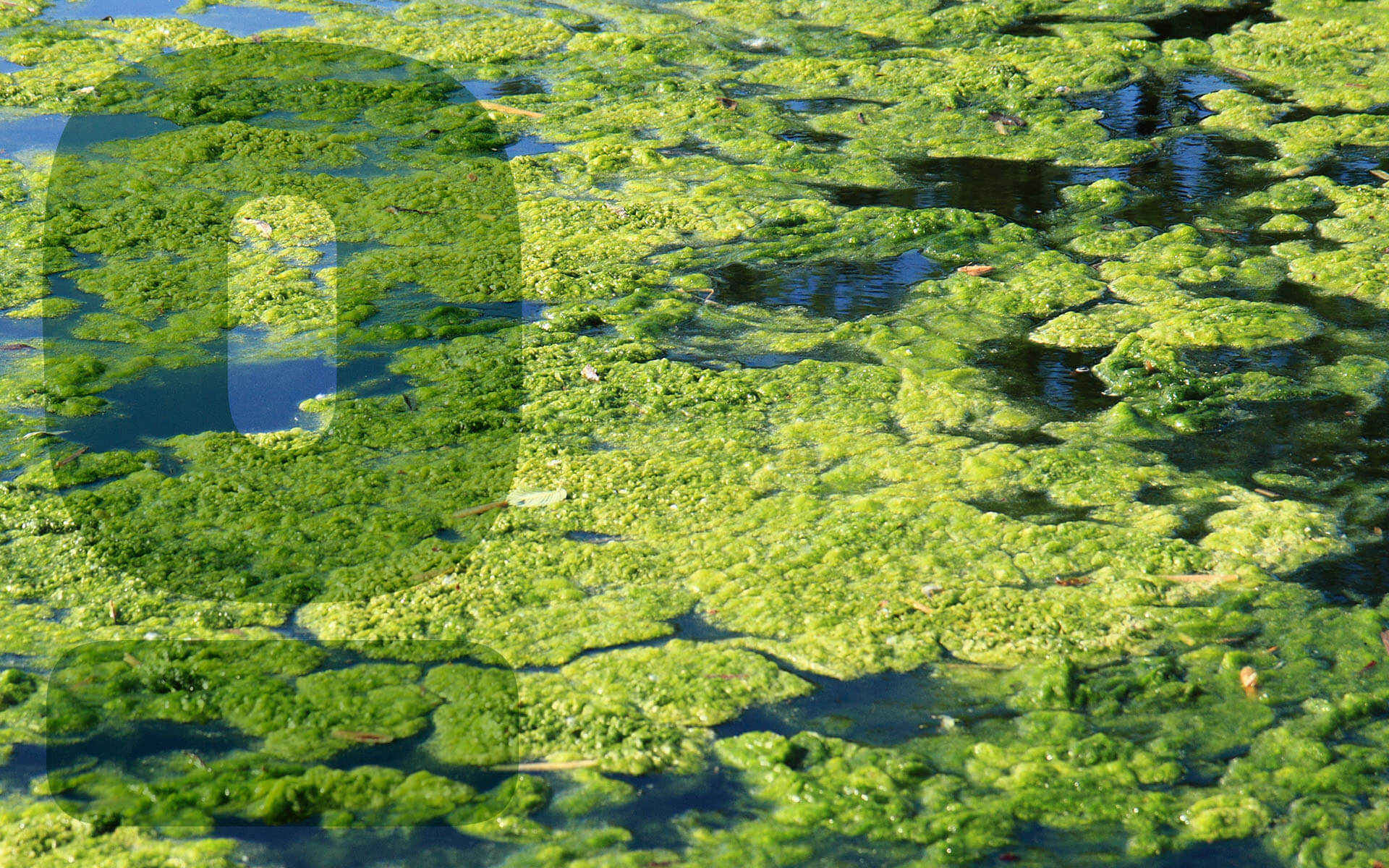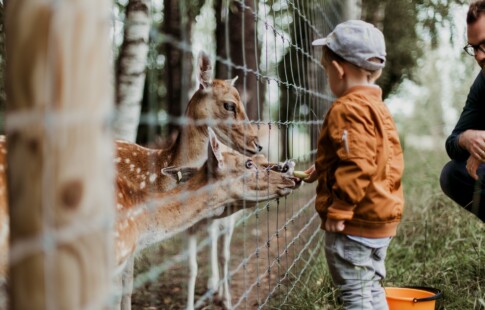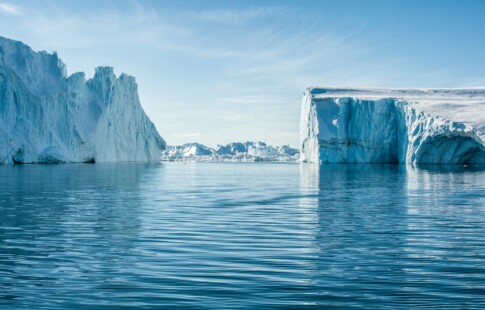
What Is Cultural Eutrophication? What to Know Before Swimming
We are reader-supported. When you buy through links on our site, we may earn affiliate commission.
Have you ever gone to your favorite lake, only to find yourself hesitating before you swim because of the thick coat of algae floating atop the water? Your favorite swimming hole might be the victim of cultural eutrophication.
“Eutrophication” refers to a progressive increase in plant nutrients like phosphorus and nitrogen into a body of water. That doesn’t sound too bad, right? The problem is that human activity accelerates the process, destroying natural ecosystems and causing severe consequences for the environment — and human health. Here’s what you need to know about cultural eutrophication before you go swimming.
What Causes Cultural Eutrophication?
Cultural eutrophication works on the principle that moving a single pebble at a time will eventually shift a mountain. As bodies of water age, plant nutrients naturally multiply as more organisms decay, adding their nutrients to the soil. As a result, water blooms, or great concentrations of algae, collect on the surface. These colonies block sunlight to the creatures dwelling below, killing aquatic plants and the animals that feed on them. Few large creatures dwell in such bodies.
However, cultural eutrophication is largely anthropogenic — that’s a fancy word meaning it stems from human activity. Specifically, waste runoff high in nitrogen contributes to the problem.
Where does this waste come from? It largely stems from agriculture — a combination of fertilizer and animal waste. Nitrogen is the primary culprit, although other chemicals play a role.
Sadly, cultural eutrophication doesn’t only arise from the actions taken by individual farms. Climate change also contributes to the rising problem.
For example, the environmental devastation Hurricane Florence left in its wake caused huge influxes of pollutants and even dead animals into waterways. Livestock that people couldn’t transport from the danger zone were often left to fend for themselves, perishing and decaying in the water. Furthermore, hog lagoons and slurry lakes runoff overflowed, spilling countless tons of bacteria into area waterways and the Atlantic Ocean.
Hazards of Cultural Eutrophication for Ecosystems
Imagine a world of endless nights. That’s what the organisms inhabiting a eutrophicated lake experience. The lack of light alone is enough to disrupt animal populations, causing some to migrate when possible, leaving others to perish.
Another issue cultural eutrophication causes is hypoxia or lack of oxygen. Even marine organisms rely on this vital molecule to survive. When levels plummet below those suitable for sustaining life, animals suffocate, choked to death, unable to breathe.
When cultural eutrophication occurs in the ocean, it causes red tides and dead zones. Hundreds of species of algae exist, and only a few are toxic. However, when those species cluster in one area, they create what’s known as red tides, or what biologists call harmful algae blooms (HABs).
These toxic algae enter the food chain when larger organisms feed upon them. Significant red tide blooms have the potential to eradicate entire species. For example, the North Atlantic right whale often feasts in pods off the shores of Cape Cod. They feed on copepods, concentrated patches of zooplankton. When red tides infiltrate the area, they obscure these pods, leaving the whales unable to find food.
Stratification occurs at the mouths of rivers, where warmer waters flow over the colder, stable ocean waters below. However, when vertical mixing is restricted, dead zones occur. Hypoxia from red tides can happen so quickly that fish cannot escape to deeper waters in time and die. That’s why you sometimes see polluted bodies of water with fish belly-up as far as the eye can see.
The Toll of Cultural Eutrophication on Human Life
Cultural eutrophication isn’t only a problem for marine life. Everything on earth depends on water, and damaging one ecosystem creates a ripple effect throughout the whole.
One way cultural eutrophication impacts humans is through the food chain. When marine animals feed on toxic algae, the contaminants these microorganisms contain accumulate in their bodies. Other animals and humans that dine on these fish and seabirds can get sick and even die.
Another issue cultural eutrophication causes humans stems from closures. Although wealthy nations like the United States can monitor red tide levels and restrict access to contaminated waterways, doing so puts an enormous economic strain on fishers who rely on local lakes and rivers for their livelihoods. Widespread red tide blooms can even lead to food shortages on store shelves.
Finally, you can’t put a price tag on every living creature’s right to enjoy the natural environment. You might feel understandable dismay if you arrive at your favorite swimming hole from childhood and discover it coated in algae. Your disappointment is valid — but imagine if you were a marine creature dependent on this environment for survival. Everyone suffers from the careless actions of a few.
The Impact on Our Waterways
Cultural eutrophication refers to water pollution caused by agricultural runoff. It results in algae blooms and hypoxia that suffocate marine life and take a toll on the food chain — and the environment.
Human beings have a divine duty to mitigate the effects their acts have on the planet. By raising awareness of the causes and results of cultural eutrophication, society can collectively work toward improvements to save our waterways.
Share on
Like what you read? Join other Environment.co readers!
Get the latest updates on our planet by subscribing to the Environment.co newsletter!
About the author
Rachel Lark
Rachel serves as the Assistant Editor of Environment.co. A true foodie and activist at heart, she loves covering topics ranging from veganism to off grid living.





